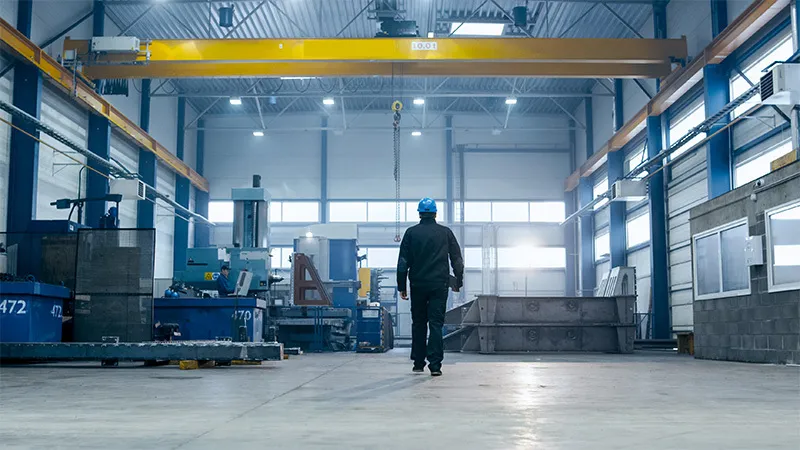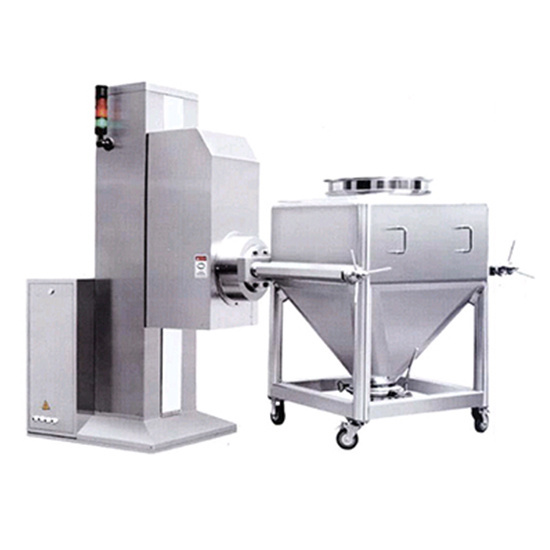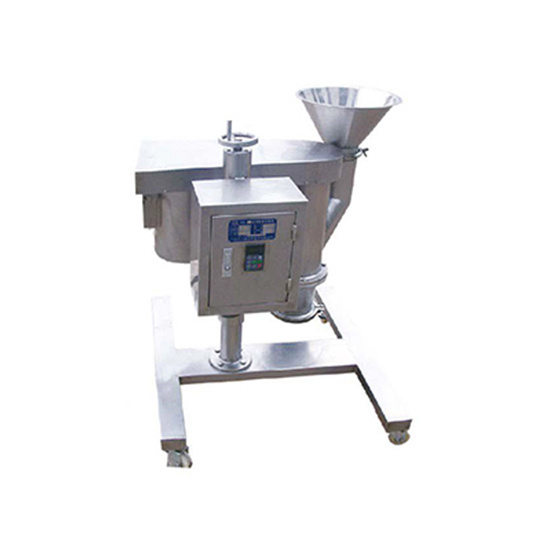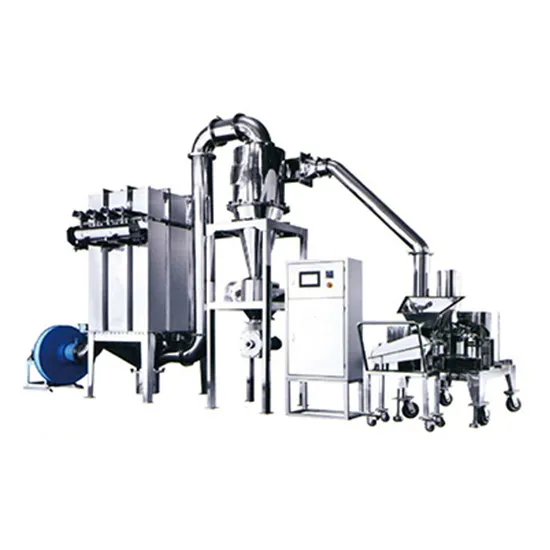NEWS
How to Choose the Best Dirt Sifting Machine for Your Needs
Jan 07,2024
Table of Contents:
1. Understanding the Importance of a Dirt Sifting Machine
2. Types of Dirt Sifting Machines
2.1 Vibratory Dirt Sifters
2.2 Trommel Screens
2.3 Shaker Screens
2.4 Riddle Buckets
2.5 Grid Screens
2.6 Scalping Screens
3. Factors to Consider When Choosing a Dirt Sifting Machine
3.1 Size and Portability
3.2 Capacity and Efficiency
3.3 Durability and Construction
3.4 Power Source
3.5 Maintenance and Longevity
3.6 Budget and Cost-effectiveness
4. FAQ
4.1 What materials can be sifted using a dirt sifting machine?
4.2 Are dirt sifting machines suitable for both residential and commercial applications?
4.3 How does a dirt sifting machine work?
4.4 Can I rent a dirt sifting machine instead of purchasing one?
4.5 What safety precautions should be taken while operating a dirt sifting machine?
5. Conclusion
1. Understanding the Importance of a Dirt Sifting Machine
A dirt sifting machine is a valuable asset for individuals and businesses involved in construction, landscaping, mining, gardening, and various other industries. It is used to separate unwanted debris, rocks, and debris from soil, allowing for cleaner, more refined material. By using a dirt sifting machine, you can save time, effort, and resources while achieving higher-quality results.
2. Types of Dirt Sifting Machines
2.1 Vibratory Dirt Sifters
Vibratory dirt sifters utilize vibrations to separate soil particles based on size. These machines are highly efficient and can handle various types of materials, including sand, gravel, and compost.
2.2 Trommel Screens
Trommel screens consist of a rotating cylindrical drum with different-sized holes. As the drum rotates, the smaller particles fall through the holes, while the larger ones are carried and discharged at the end. They are ideal for sifting large volumes of dirt and are commonly used in mining operations.
2.3 Shaker Screens
Shaker screens use a shaking motion to separate unwanted debris from soil. They are often used in construction sites and landscaping projects, providing effective results and versatility.
2.4 Riddle Buckets
Riddle buckets are attachments that can be fitted onto machinery, such as excavators or loaders. They contain a mesh screen that allows fine soil particles to pass through while retaining larger materials. Riddle buckets are popular in construction and agricultural applications.
2.5 Grid Screens
Grid screens consist of a grid-like structure that allows soil to pass through while preventing larger objects from entering. They are commonly used in gardening and landscaping to remove rocks and debris.
2.6 Scalping Screens
Scalping screens are designed to remove larger rocks and debris from soil before further sifting or processing. They are often used in mining and construction operations, where efficient removal of oversized materials is necessary.
3. Factors to Consider When Choosing a Dirt Sifting Machine
3.1 Size and Portability
Consider the size and portability of the dirt sifting machine, especially if you need to transport it to different locations. Ensure that it can fit through narrow spaces and be easily maneuvered.
3.2 Capacity and Efficiency
Evaluate the capacity and efficiency of the machine by considering the volume of material you need to sift. Choose a machine that can handle your workload effectively without compromising productivity.
3.3 Durability and Construction
Opt for a dirt sifting machine made from durable materials that can withstand rugged conditions. Look for features like reinforced frames and high-quality components to ensure longevity.
3.4 Power Source
Determine the power source that best suits your requirements. Dirt sifting machines can be powered by electricity, gas, or hydraulic systems. Consider the availability of power sources at your work site.
3.5 Maintenance and Longevity
Check the maintenance requirements of the machine and ensure that it aligns with your available resources. Look for machines with easily accessible parts and straightforward maintenance procedures.
3.6 Budget and Cost-effectiveness
Set a budget for purchasing a dirt sifting machine and compare prices among different brands and models. Consider the long-term cost-effectiveness, taking into account factors such as fuel consumption and potential maintenance expenses.
4. FAQ
4.1 What materials can be sifted using a dirt sifting machine?
Dirt sifting machines can handle a wide range of materials, including soil, sand, gravel, compost, and construction debris.
4.2 Are dirt sifting machines suitable for both residential and commercial applications?
Yes, dirt sifting machines are versatile and can be used in both residential and commercial applications. They are commonly used in construction, landscaping, gardening, and mining industries.
4.3 How does a dirt sifting machine work?
Dirt sifting machines use various mechanisms like vibrations, shaking, or rotating drums to separate particles of different sizes, leaving behind clean soil.
4.4 Can I rent a dirt sifting machine instead of purchasing one?
Yes, many equipment rental companies offer dirt sifting machines for temporary use. Renting can be a cost-effective option if you only require the machine for a specific project or short-term basis.
4.5 What safety precautions should be taken while operating a dirt sifting machine?
When operating a dirt sifting machine, always wear appropriate personal protective equipment, such as gloves and safety goggles. Follow the manufacturer's instructions and ensure proper training to prevent accidents.
5. Conclusion
Choosing the best dirt sifting machine for your needs involves considering factors like machine type, size, capacity, durability, power source, maintenance, and budget. By understanding the various options available and assessing your specific requirements, you can make an informed decision that will enhance your productivity and streamline your operations. Invest in a high-quality dirt sifting machine to achieve efficient and reliable results, ultimately saving you time, effort, and resources in your endeavors.
1. Understanding the Importance of a Dirt Sifting Machine
2. Types of Dirt Sifting Machines
2.1 Vibratory Dirt Sifters
2.2 Trommel Screens
2.3 Shaker Screens
2.4 Riddle Buckets
2.5 Grid Screens
2.6 Scalping Screens
3. Factors to Consider When Choosing a Dirt Sifting Machine
3.1 Size and Portability
3.2 Capacity and Efficiency
3.3 Durability and Construction
3.4 Power Source
3.5 Maintenance and Longevity
3.6 Budget and Cost-effectiveness
4. FAQ
4.1 What materials can be sifted using a dirt sifting machine?
4.2 Are dirt sifting machines suitable for both residential and commercial applications?
4.3 How does a dirt sifting machine work?
4.4 Can I rent a dirt sifting machine instead of purchasing one?
4.5 What safety precautions should be taken while operating a dirt sifting machine?
5. Conclusion
1. Understanding the Importance of a Dirt Sifting Machine
A dirt sifting machine is a valuable asset for individuals and businesses involved in construction, landscaping, mining, gardening, and various other industries. It is used to separate unwanted debris, rocks, and debris from soil, allowing for cleaner, more refined material. By using a dirt sifting machine, you can save time, effort, and resources while achieving higher-quality results.
2. Types of Dirt Sifting Machines
2.1 Vibratory Dirt Sifters
Vibratory dirt sifters utilize vibrations to separate soil particles based on size. These machines are highly efficient and can handle various types of materials, including sand, gravel, and compost.
2.2 Trommel Screens
Trommel screens consist of a rotating cylindrical drum with different-sized holes. As the drum rotates, the smaller particles fall through the holes, while the larger ones are carried and discharged at the end. They are ideal for sifting large volumes of dirt and are commonly used in mining operations.
2.3 Shaker Screens
Shaker screens use a shaking motion to separate unwanted debris from soil. They are often used in construction sites and landscaping projects, providing effective results and versatility.
2.4 Riddle Buckets
Riddle buckets are attachments that can be fitted onto machinery, such as excavators or loaders. They contain a mesh screen that allows fine soil particles to pass through while retaining larger materials. Riddle buckets are popular in construction and agricultural applications.
2.5 Grid Screens
Grid screens consist of a grid-like structure that allows soil to pass through while preventing larger objects from entering. They are commonly used in gardening and landscaping to remove rocks and debris.
2.6 Scalping Screens
Scalping screens are designed to remove larger rocks and debris from soil before further sifting or processing. They are often used in mining and construction operations, where efficient removal of oversized materials is necessary.
3. Factors to Consider When Choosing a Dirt Sifting Machine
3.1 Size and Portability
Consider the size and portability of the dirt sifting machine, especially if you need to transport it to different locations. Ensure that it can fit through narrow spaces and be easily maneuvered.
3.2 Capacity and Efficiency
Evaluate the capacity and efficiency of the machine by considering the volume of material you need to sift. Choose a machine that can handle your workload effectively without compromising productivity.
3.3 Durability and Construction
Opt for a dirt sifting machine made from durable materials that can withstand rugged conditions. Look for features like reinforced frames and high-quality components to ensure longevity.
3.4 Power Source
Determine the power source that best suits your requirements. Dirt sifting machines can be powered by electricity, gas, or hydraulic systems. Consider the availability of power sources at your work site.
3.5 Maintenance and Longevity
Check the maintenance requirements of the machine and ensure that it aligns with your available resources. Look for machines with easily accessible parts and straightforward maintenance procedures.
3.6 Budget and Cost-effectiveness
Set a budget for purchasing a dirt sifting machine and compare prices among different brands and models. Consider the long-term cost-effectiveness, taking into account factors such as fuel consumption and potential maintenance expenses.
4. FAQ
4.1 What materials can be sifted using a dirt sifting machine?
Dirt sifting machines can handle a wide range of materials, including soil, sand, gravel, compost, and construction debris.
4.2 Are dirt sifting machines suitable for both residential and commercial applications?
Yes, dirt sifting machines are versatile and can be used in both residential and commercial applications. They are commonly used in construction, landscaping, gardening, and mining industries.
4.3 How does a dirt sifting machine work?
Dirt sifting machines use various mechanisms like vibrations, shaking, or rotating drums to separate particles of different sizes, leaving behind clean soil.
4.4 Can I rent a dirt sifting machine instead of purchasing one?
Yes, many equipment rental companies offer dirt sifting machines for temporary use. Renting can be a cost-effective option if you only require the machine for a specific project or short-term basis.
4.5 What safety precautions should be taken while operating a dirt sifting machine?
When operating a dirt sifting machine, always wear appropriate personal protective equipment, such as gloves and safety goggles. Follow the manufacturer's instructions and ensure proper training to prevent accidents.
5. Conclusion
Choosing the best dirt sifting machine for your needs involves considering factors like machine type, size, capacity, durability, power source, maintenance, and budget. By understanding the various options available and assessing your specific requirements, you can make an informed decision that will enhance your productivity and streamline your operations. Invest in a high-quality dirt sifting machine to achieve efficient and reliable results, ultimately saving you time, effort, and resources in your endeavors.
More News










